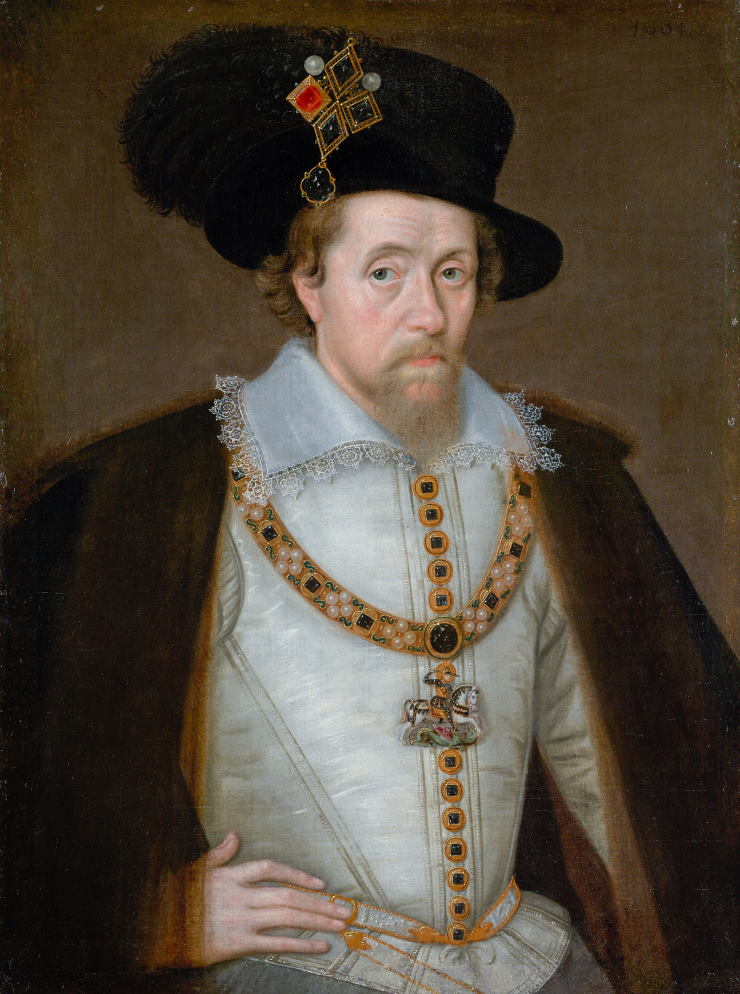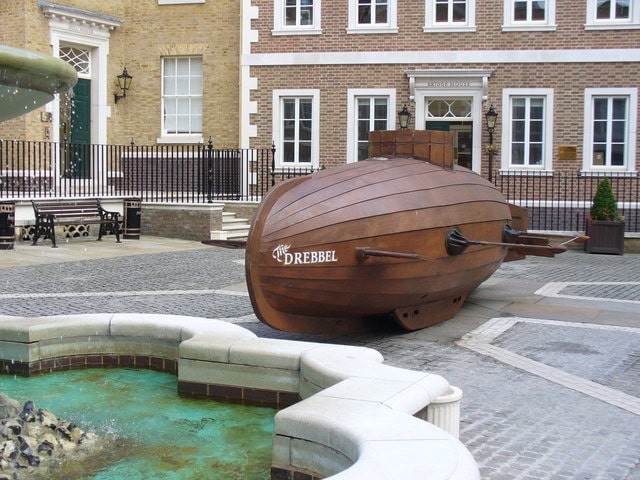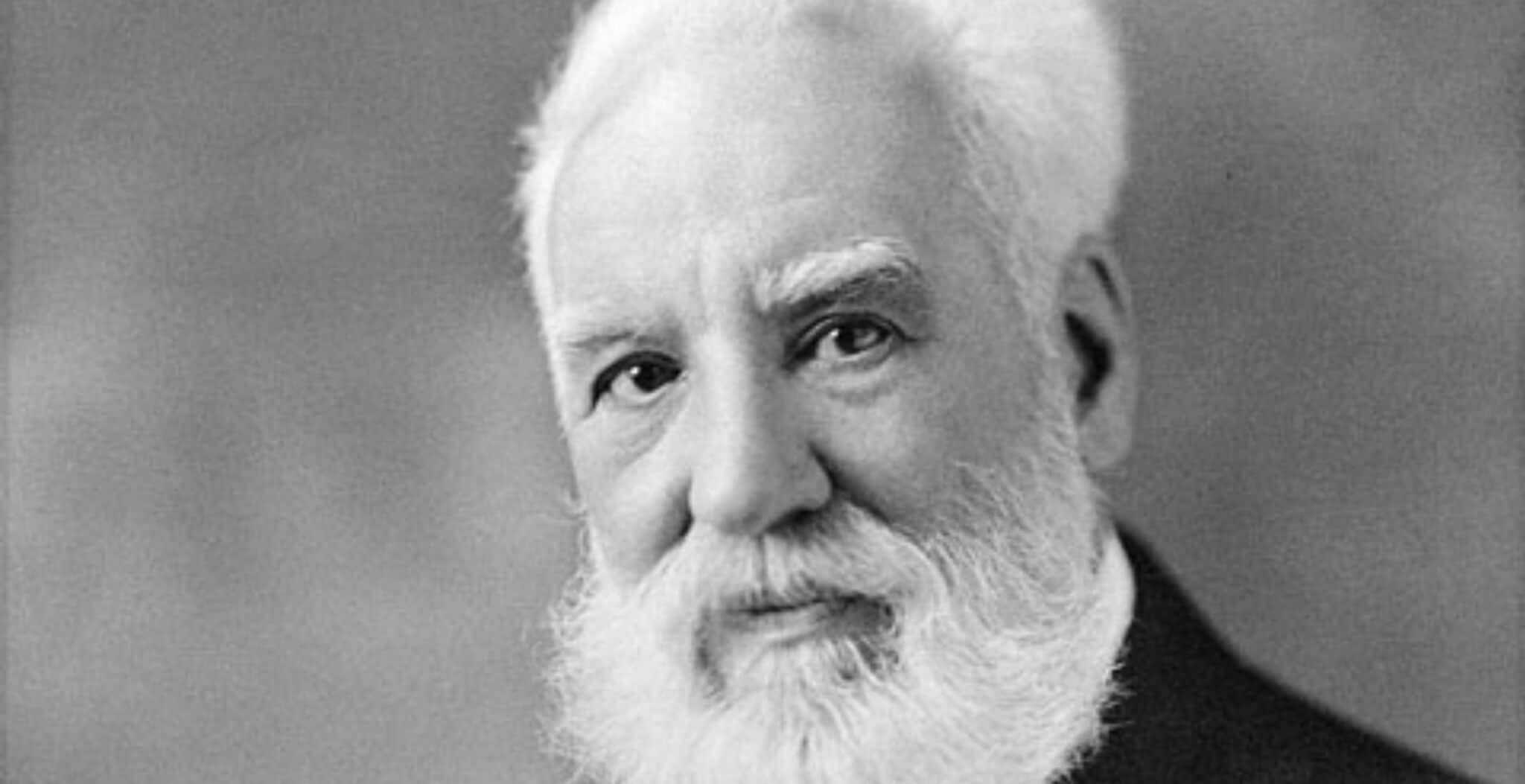Was King James I and VI of Scotland the first monarch to voyage underwater in a submarine?
It seems unlikely, if not ridiculous, but according to an account in John Wilkins’ 1648 work, ‘Mathematicall Magick’, this may indeed have been the case!

The Origins of the Account:
John Wilkins was a prominent 17th-century English clergyman and natural philosopher. As part of his work ‘Mathematicall Magick’ he studied submarines and the work of Dutch inventor Cornelis Drebbel. Whilst working for the Royal Navy, Drebbel constructed a viable submersible vessel and demonstrated it on the River Thames: allegedly it was this craft that took the King and several of his courtiers on that journey under the Thames.
Wilkins, a founding member of the Royal Society and later Bishop of Chester, was well regarded for his scientific rigour. The inclusion of Drebbel’s submarine and the royal voyage in his work lends credibility to the account, although as it was written some three decades later, this has led some historians to question its accuracy.
Cornelis Drebbel: Inventor in the Royal Service:
Cornelis Drebbel, born in the Netherlands in 1572, was a renowned inventor and innovator who spent much of his career in England. Importantly, Drebbel was employed by King James I and worked closely with the Royal Navy, developing various technologies and inventions. His position at court lends credibility to the possibility of a royal submarine voyage.

Drebbel’s inventive genius extended far beyond submarine technology. He is credited with developing an early version of the thermometer, creating improvements to microscopes, and even designing a perpetual motion machine. At the court of James I, Drebbel enjoyed a position of prestige and royal patronage.
The Submarine: A Marvel of 17th Century Engineering:
Drebbel’s submarine, as described by contemporary accounts, was a wooden vessel covered in greased leather. It was propelled by oars that extended through sealed openings and could reportedly remain submerged for several hours. The vessel’s ability to sustain its occupants underwater was attributed to a mysterious chemical substance that could purportedly “restore” the air inside the craft.

Interestingly, historical evidence suggests that Drebbel developed multiple versions of his submersible craft over several years. Beginning around 1620, he is believed to have constructed and tested at least three distinct versions, each improving upon the last. This iterative process culminated in the advanced model used in the well-documented 1624 Thames demonstration.
The design of Drebbel’s final submarine was remarkably advanced for its time. The use of greased leather to waterproof the wooden hull demonstrated an understanding of materials and their properties under water pressure. The oar system was an ingenious solution to the problem of underwater propulsion.
Perhaps the most intriguing aspect of Drebbel’s design was the air purification system. While the exact nature of the “chemical substance” used remains a mystery, some historians speculate that Drebbel may have inadvertently discovered a method of releasing oxygen from potassium nitrate, predating Joseph Priestley’s official discovery of oxygen by over 150 years.
The Documented 1624 Thames Voyage:
While the specific voyage involving King James I remains a bit of a mystery, there is well-documented evidence of a successful submarine demonstration by Drebbel on the Thames in 1624. Contemporary accounts describe a vessel that could submerge and resurface at will, travelling from Westminster to Greenwich. This event was witnessed by hundreds of spectators along the banks of the Thames.
One particularly detailed account comes from the French ambassador to England, who described in his dispatches how Drebbel’s submarine could “swim underwater for 3 or 4 hours, and then rise again without difficulty.”
The Royal Voyage: Fact or Fiction:
According to Wilkins’ account, King James I, along with several members of his court, travelled underwater in Drebbel’s submarine from Westminster to Greenwich, a distance of several miles. While the voyage lacks concrete historical evidence, the documented 1624 demonstration suggests that such a journey was indeed possible.
Historical Context: King James I and Scientific Patronage:
The idea of a monarch willingly travelling in an experimental craft may seem unlikely, but it’s important to consider the context of the time. The early 17th century was an era of exploration and scientific discovery, and James I was known for his intellectual curiosity. He had a keen interest in new inventions and scientific discoveries.

Examining the Evidence:
Conclusive historical evidence to support the voyage remains elusive. No official royal records mention such an event, and contemporary accounts outside of Wilkins’ work are lacking. However, the well-documented 1624 demonstration provides a factual basis for the technological feasibility of such a voyage.
Some historians have suggested that the story may have grown from the king viewing the demonstration of the submarine and perhaps briefly boarding it while it was still on the surface.
Legacy and Impact:
Regardless of its historical accuracy, the story of King James I’s submarine adventure is intriguing. Drebbel’s successful Thames demonstration in 1624 represents significant advancements in undersea exploration and submarine technology.
The story also serves as a reminder of the important role of royal patronage in scientific advancement during the early modern period. The support of monarchs like James I was crucial in fostering an environment where innovative ideas could flourish and be brought to fruition.
Conclusion:
The alleged submarine voyage of King James I remains an intriguing mystery. Did the monarch truly venture beneath the Thames in Drebbel’s revolutionary vessel? Whilst the documented 1624 demonstration proves that such technology existed, was the craft robust enough to carry several people for any distance?
The story of James I’s pioneering voyage underwater, whether fact or fiction, is an example of the huge steps forward in scientific discovery during his reign. This was the time of the Scientific Revolution, a period of radical change in scientific thought that took place during the 16th and 17th centuries and from which modern science evolved.
Richard Clements is an avid amateur historian and writer with a passion for uncovering and reviving unusual and overlooked stories from history. He aims to bring these narratives to a wider audience, giving them a new lease on life. Richard has authored various articles on a broad range of topics, contributing to multiple online publications that explore history’s many mysteries.
Published: 9th September 2024.







